Informations générales
Intitulé de l'offre : Post-doctorant en biologie cellulaire et du développement H/F
Référence : UMR7592-PAUCON-011
Nombre de Postes : 1
Lieu de travail : PARIS 13
Date de publication : jeudi 20 novembre 2025
Type de contrat : Chercheur en contrat CDD
Durée du contrat : 24 mois
Date d'embauche prévue : 1 février 2026
Quotité de travail : Complet
Rémunération : Entre 3 081,33 € (expérience inférieure…
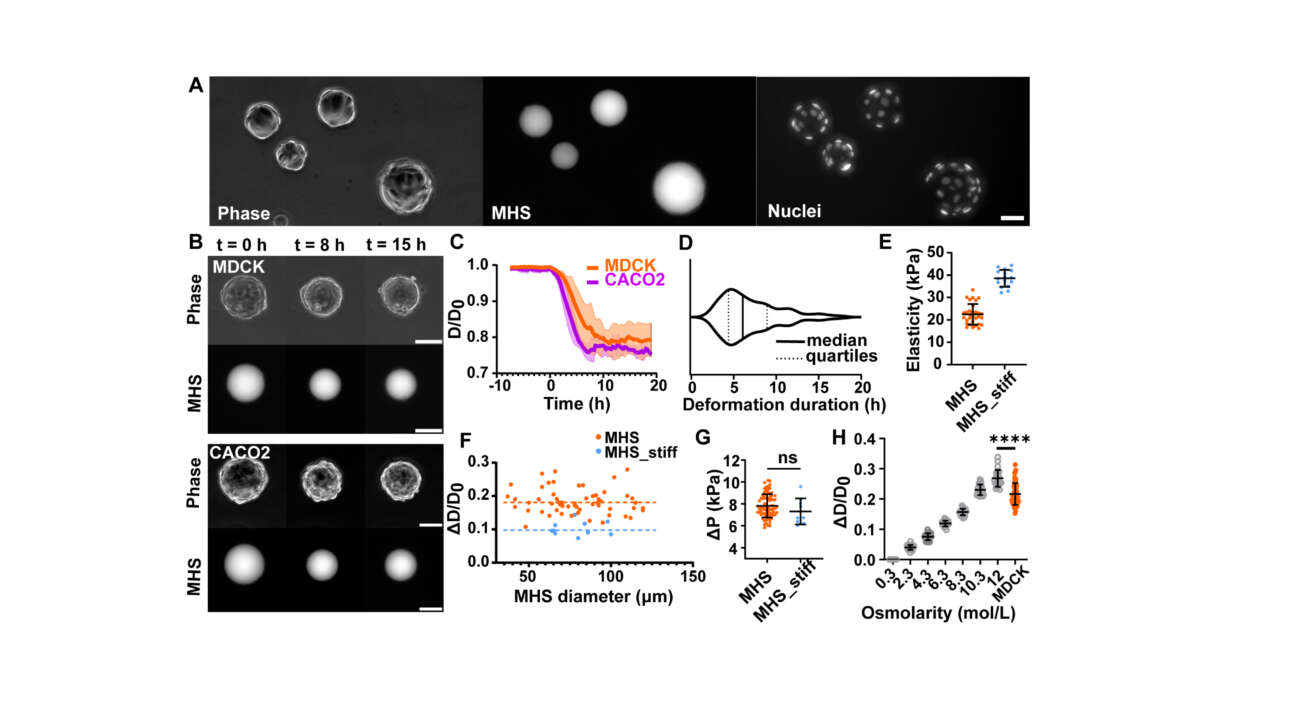
L'équipe Ladoux/Mège a publié un nouvel article dans PNAS :
Regulation of epithelial tissue homeostasis by active transepithelial transport
Résumé :
Epithelia are intricate tissues whose function is intimately linked to mechanics. While mechanobiology has primarily focused on factors such as cell-generated contractility and mechanical properties of extracellular matrix, a interesting mechanobiological paradigm highlights the role of…
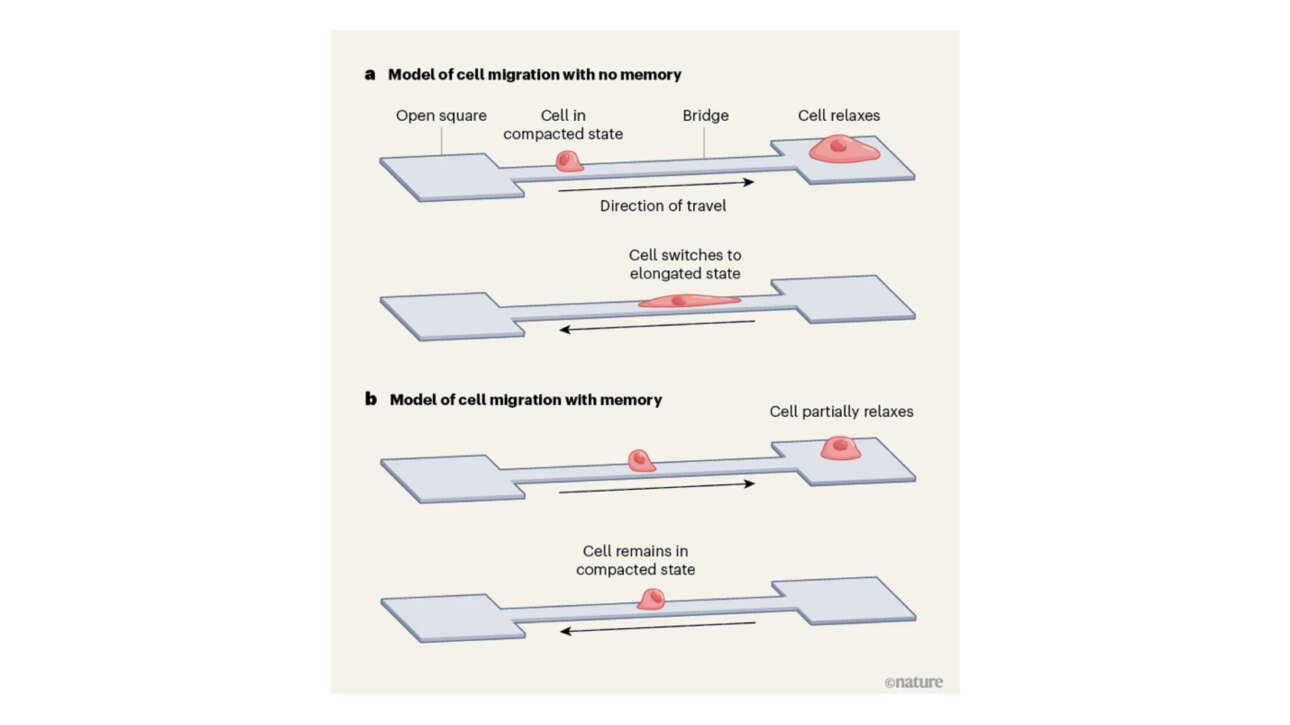
L'équipe Ladoux/Mege et Jackson/Verbavatz ont publié un nouvel article "news and views" dans Nature :
‘Memory foam’ skeleton in cells helps them to navigate
d'Alessandro J, Heuzé ML. 'Memory foam' skeleton in cells helps them to navigate. Nature. 2025 Nov;647(8088):42-44. doi: 10.1038/d41586-025-03448-z. PMID: 41184472.

Des postes de Professeurs et de Maîtres de Conférences susceptibles d’être vacants devraient s’ouvrir pour la rentrée 2026 à l’UFR Sciences du Vivant de l’Université Paris Cité. L’Institut Jacques Monod sera l’un des laboratoires d’accueil pour trois de ces postes :
- Un poste de Professeur en stabilité des génomes, affecté à l’Institut Jacques Monod, pour lequel…
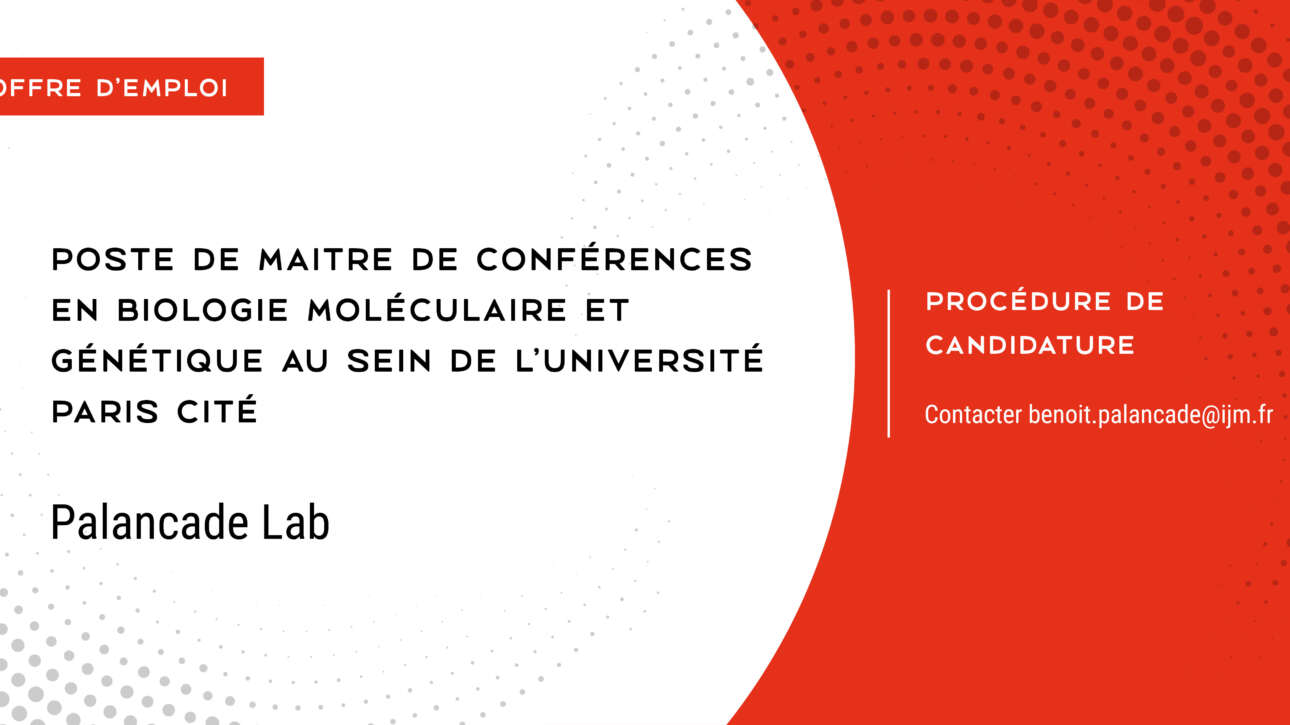
Un poste susceptible d’être vacant de Maitre de Conférences en Biologie Moléculaire et Génétique devrait s’ouvrir pour la rentrée 2026 à l’UFR Sciences du Vivant de l’Université Paris Cité. L’équipe Palancade, au sein de l’Institut Jacques Monod, est l’une des trois équipes d’accueil potentielles.
L’équipe Palancade recherche des candidat.es intéressé.es à se présenter au concours de…

Un poste susceptible d’être vacant de Maitre de Conférences en neurobiologie devrait s’ouvrir pour la rentrée 2026 à l’UFR Sciences du Vivant de l’Université Paris Cité. L’équipe Gazave, au sein de l'Institut Jacques Monod, est une des deux équipes d’accueil potentielles .
L’équipe GAZAVE recherche des candidat.es intéressé.es à se présenter au concours de recrutement de…
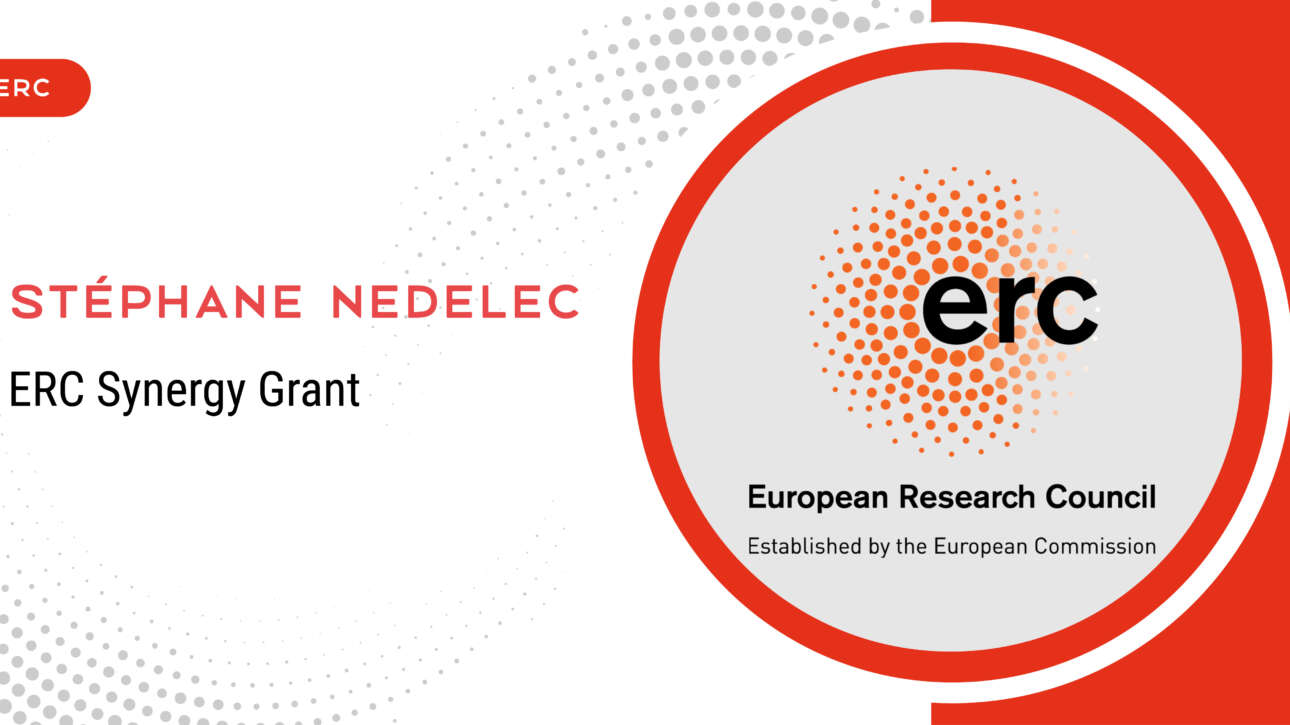
L'Institut Jacques Monod félicite Stéphane Nedelec pour l'obtention de son ERC Synergy Grants !
Ce projet utilisera des organoïdes et des technologies d'organoide-sur-puce pour découvrir les mécanismes sous-jacents à la régionalisation et à la stratification du cortex humain en développement — des processus essentiels à l'émergence de la fonction corticale et perturbés dans de nombreuses…

L'Institut Jacques Monod (CNRS | Université Paris Cité) est fier de vous annoncer que Andreas SCHOENIT, doctorante dans le laboratoire "Adhésion cellulaire et mécanique" est lauréat des Grandes avancées françaises en biologie de la Fondation Mergier Bourdeix !
Crédit photo : Académie des sciences – Mathieu Baumer
Andreas Schoenit s'intéresse avec Benoît Ladoux et René-Marc…
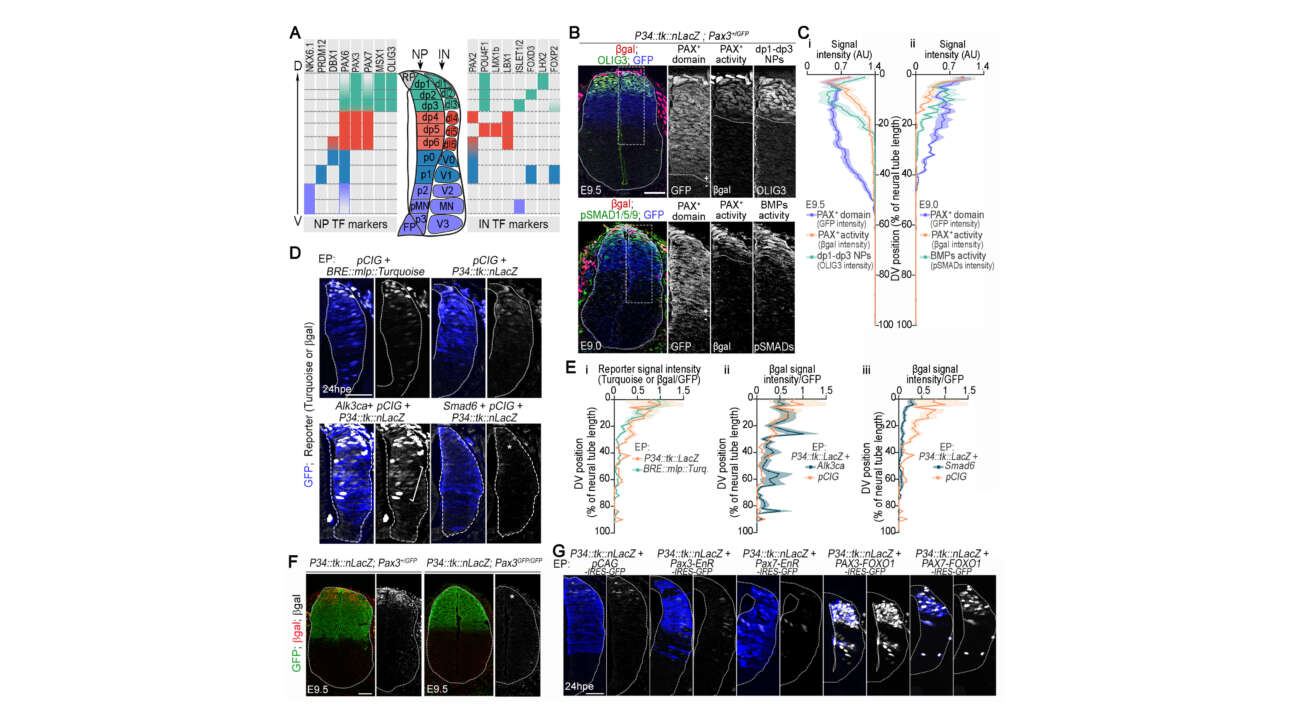
L'équipe Ribes / Nedelec a publié un nouvel article dans PLOS Biology :
Dual transcriptional activities of PAX3 and PAX7 spatially encode spinal cell fates through distinct gene networks
Résumé :
Understanding how transcription factors regulate organized cellular diversity in developing tissues remains a major challenge due to their pleiotropic functions. We addressed this by monitoring and…

Nous recherchons des candidat.es pour le concours de Professeur (PU) qui aura lieu au printemps 2026 pour une prise de poste en septembre 2026. La fiche de poste n’est pas encore publiée, car elle doit être votée par les instances de l’université en fin d’année.
N’hésitez pas à nous contacter !! nos mails sont à la…

